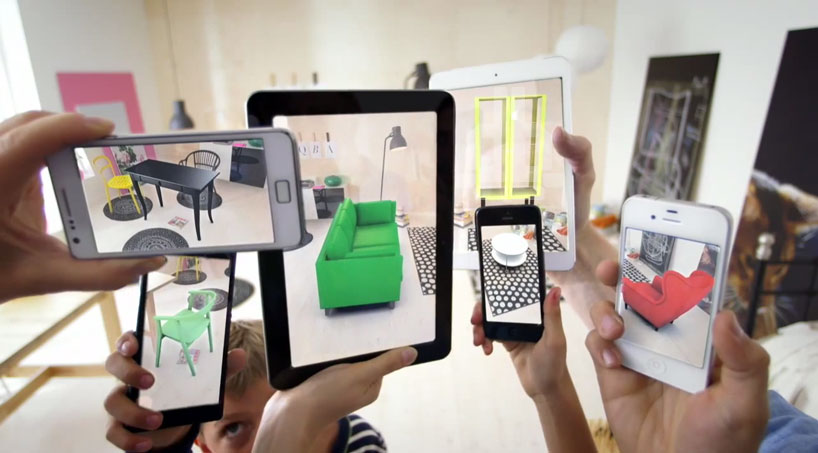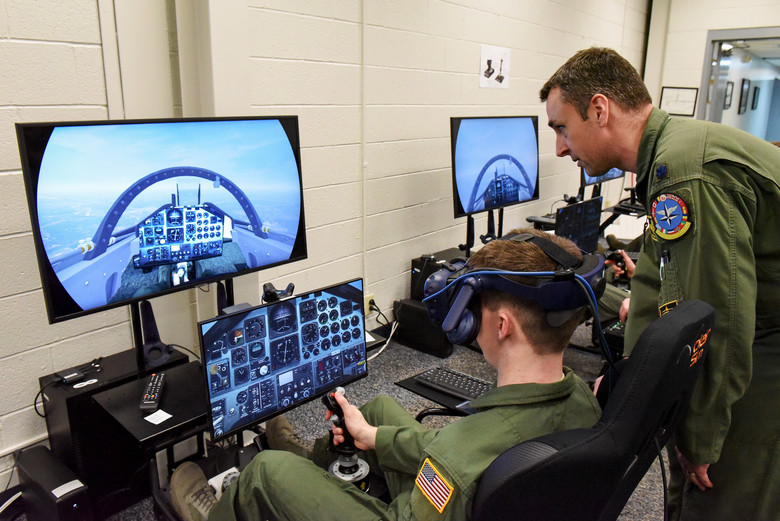Difference Between Augmented Reality and Mixed Reality
The thin line between virtual world and the real world continues to fade away, considering a while back these technologies could only be found in our imagination or sci-fi movies. As virtual reality (VR) becomes mainstream, a vibrant development ecosystem has emerged in the last couple of years. Soon, it paved way for its technological cousin augmented reality (AR) and together, they are quickly becoming the next big thing of technological breakthrough. AR adds virtual elements to your real world environment which makes just any average person to envision VR and AR as part of humanity’s future.
VR is often used as an umbrella term for all kinds of immersive experiences, including many related terms such as augmented reality and mixed reality. Mixed reality (MR) is a relatively new technology in the immersive world that often creates some confusion. MR is the merger of real and virtual worlds in the most immersive and interactive ways possible. Now that you have a pretty good idea what MR is, it’s time to understand the difference between AR and MR. Let’s take a closer look at the two to better understand how they differ from each other.

What is Augmented Reality?
Augmented Reality (AR) is enhanced reality that creates a physical environment that does not exist. AR environments are typically far off from the physical world in a way that the new environments created are new. AR is technically a way to see the real world – either directly or via a device such as a camera creating a visual of the real world – and augmenting that real world visual with computer-generated elements such as graphics, audio and video. Simply put, you perceive the real world but the computer adds objects, information or details that are not physically present, thereby augmenting your reality. The most familiar example of AR is the already-popular Pokémon GO game developed for iOS and Android devices. The game has become the biggest mobile sensation of 2016, merging AR with real world scenarios.

What is Mixed Reality?
Mixed Reality (MR) merges the real world and the virtual world together to create a more immersive experience than ever. MR is a combination of virtual reality and augmented reality. It creates a world in which more than one person can participate in an immersive environment and collaborate on a common task together. It is kind of a virtual reality but in a much broader sense; it changes your concept of reality by creating new environments and visualizations where objects from both virtual world and real world can not only co-exist but also interact with each other. It is sort of an enhanced form of augmented reality that involves both physical and virtual worlds. MR is like an icing on the cake; a physical world which can be enhanced or augmented beyond your normal immersive experience. MR pushes the limits of AR to work toward achieving the goal of unrestricted, limitless environments.
Difference between Augmented Reality and Mixed Reality
Meaning
– Augmented reality is an enhanced reality that projects computer-generated images over a user’s view of the physical world. The user perceives the real world but the computer adds objects, information or details that are not physically present. Mixed reality is relatively a new technology that encompasses virtual reality and augmented reality. MR brings together real world and the virtual world in a more immersive way so that a user can not only interact with but also manipulate elements of both the physical world and the virtual world. MR merges the real world and the virtual world.
Concept
– Augmented reality creates a physical world that does not really exist by keeping the real world central and augmenting the real world visuals with computer-generated elements such as graphics, audio and video. It does that either directly or via a device such as a camera creating a visual of the real world. Mixed reality brings the best of both the virtual world and the real world and encompasses both virtual reality and augmented reality to create a new world where physical and digital objects can co-exist.
Example
– The most familiar example of AR is the already-popular game Pokémon GO developed for iOS and Android devices and which uses AR to combine gaming with the real world. Another popular example is the Google Glass – a voice-controlled head-mounted display developed by Google to access the Internet, get directions, send text messages, take pictures, access calendar, and more. The only example of mixed reality is the Microsoft HoloLens – a mixed reality headset developed by Microsoft that projects 3D holograms onto the lenses to produce a realistic implementation of 3D images in the real world.
Augmented Reality vs. Mixed Reality: Comparison Chart

Summary of Augmented Reality vs. Mixed Reality
In a nutshell, augmented reality is an enhanced reality that projects computer-generated images over a user’s view of the physical world, while mixed reality is the enhanced form of augmented reality that brings the best of both the worlds. Mixed reality is a relatively new technology that encompasses virtual reality and augmented reality. It merges the real world with the virtual world to create new environments and visualizations where objects from both virtual world and real world can not only co-exist but also interact with each other in real time.
- Difference Between Caucus and Primary - June 18, 2024
- Difference Between PPO and POS - May 30, 2024
- Difference Between RFID and NFC - May 28, 2024
Search DifferenceBetween.net :
Leave a Response
References :
[0]Dubois, Emmanuel, et al. The Engineering of Mixed Reality Systems. Berlin, Germany: Springer, 2009. Print
[1]Varnum, Kenneth J. Beyond Reality: Augmented, Virtual, and Mixed Reality in the Library. Chicago, Illinois: American Library Association, 2019. Print
[2]Arnaldi, Bruno, et al. Virtual Reality and Augmented Reality: Myths and Realities. Hoboken, New Jersey: John Wiley & Sons, 2018. Print
[3]Image credit: https://media.defense.gov/2019/Feb/06/2002086961/780/780/0/190201-F-TH920-0474.JPG
[4]Image credit: https://commons.wikimedia.org/wiki/File:Augmented-reality.jpg
